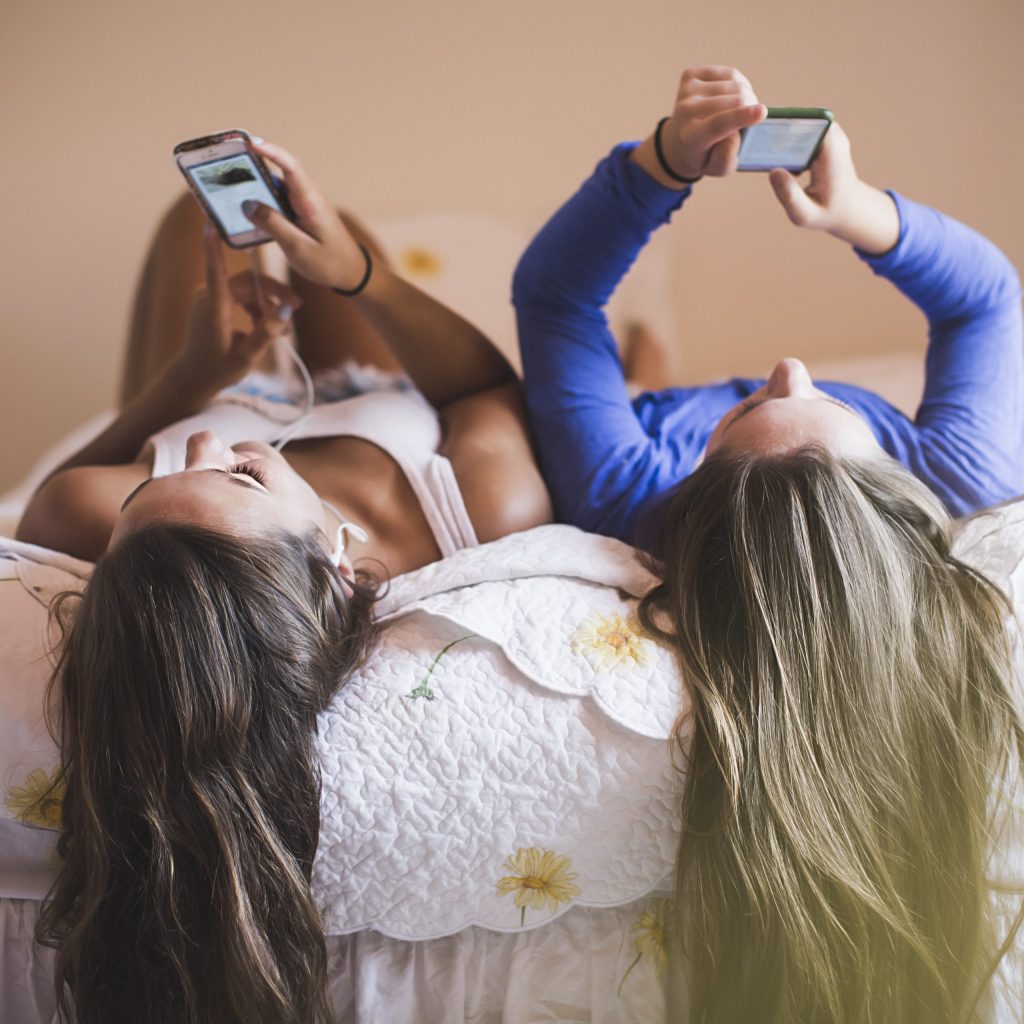Image Source: Getty/The Good Brigade
TikTok is the latest app that everyone seems to have a love-hate relationship with. On one hand, the social media platform has the ability to change lives: people like Monet McMichael and Golloria George are the representation the young people of color have been longing for in the beauty space, and the beauty hacks are second to none. On the other hand, there are a lot of questionable “trends” floating around the space that are, put simply, problematic.
The biggest one of late? The “vanilla girl” trend. The aesthetic is about neutral-tone everything, from makeup and clothing to scented candles and fragrance. The #vanillagirl hashtag has accumulated more than 533 million views on the app so far, and if you scroll through the videos you will quickly notice a few things that the creators also have in common: they are white, thin, able-bodied, and are, or are on their way to becoming, blond.
Now, there is nothing inherently wrong with people following a trend. Stanley cups, beige color palettes, and claw clips do not make a villain. However, when it excludes Black and people of color while rejecting any hint of diversity, there’s a problem. As innocuous the vanilla girl aesthetic seems, its popularity paints a larger, and alarming, picture of where the beauty community is headed, and it is a story we’ve seen unravel – with real-life consequences – before.
People who have not fit the mold of Eurocentric beauty standards have been blatantly discriminated against in both the United States and greater society at large, and it has cost them funding for their businesses, earning potential, and even fair access to housing. On an international scale, it has caused the creation of caste systems, resulted in the skin-bleaching industry becoming a billion-dollar business, and has even caused the displacement of Indigenous people from their homes. Trend or not, the champions of the vanilla girl aesthetic seem to make no effort to recognize that their exclusion of people of color is sending a message that whiteness, above all, is the backdrop against which people should exist. That is simply not true.
For as much progress as we think has been made, Black and brown people still have actively fight for inclusion in the beauty space. This is why the push to pass the CROWN Act across all 50 states continues, and why initiatives like the 15 percent pledge exist.
Yes, the “vanilla girl” aesthetic is just a TikTok trend – until it isn’t. Until these trends begin to reflect what the real world looks like, we suggest you think critically before engaging in them. Better yet, don’t engage in them at all.

